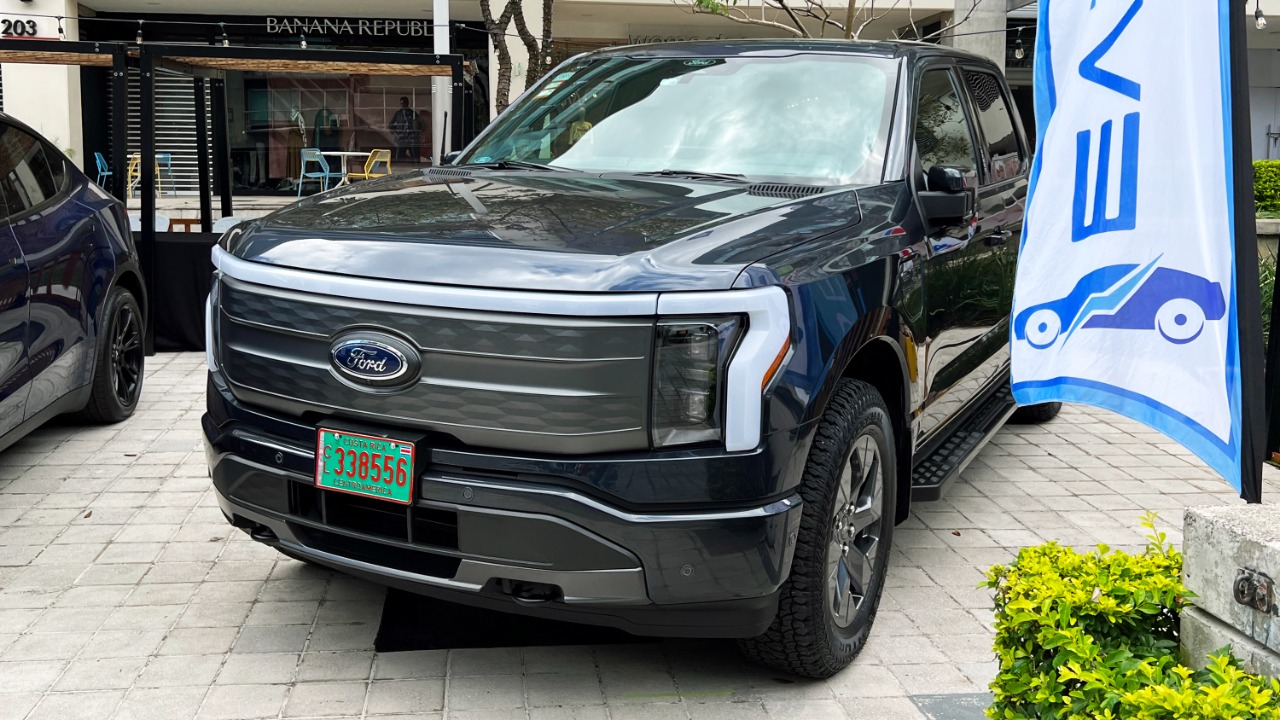
Ford and General Motors are leading the charge in the electric pickup truck market, significantly outpacing Rivian as of October 2025. General Motors has reported a remarkable 111% surge in overall electric vehicle sales during the first half of the year, while Ford has achieved impressive results in full-size pickup sales in the first quarter of 2025. This performance highlights the challenges faced by newer entrants like Rivian in maintaining competitive sales momentum against established automotive giants.
Rivian’s Early Promise in Electric Pickups
Rivian made a splash in the electric vehicle market with the launch of its R1T electric truck, which was initially praised for its unique blend of design and performance. A 2021 review described the R1T as both a “cutie and a beast,” capturing the attention of consumers and critics alike with its innovative features and aesthetic appeal (source). This debut set high expectations for Rivian as a disruptor in the pickup market, promising to bring fresh electric innovation to a traditionally gas-powered segment.
Despite its promising start, Rivian has struggled to maintain sales momentum as it competes with more established players. The company’s initial strengths in design and performance have not translated into market dominance, as evidenced by its lagging sales compared to Ford and GM. This gap highlights the difficulties faced by newer companies in sustaining growth and capturing significant market share in a competitive industry (source).
GM’s Aggressive EV Sales Growth
General Motors has positioned itself as a leader in the electric vehicle market, with a 111% increase in EV sales through mid-2025. This growth has been driven by models like the Hummer EV and Silverado EV, which have contributed to GM’s dominance in the electric pickup segment. The company’s aggressive strategy has allowed it to outpace rivals in overall volume, underscoring its commitment to electrification and innovation (source).
GM’s success in scaling production and gaining market share in the electric segment is evident in its surpassing of Rivian in pickup sales. The company’s ability to leverage its established infrastructure and brand recognition has been a key factor in its ability to capture a larger share of the market. This success not only highlights GM’s strategic prowess but also sets a benchmark for other manufacturers aiming to compete in the electric vehicle space (source).
Ford’s Dominance in Pickup Sales
Ford has demonstrated strong performance in the pickup truck market, particularly in the first quarter of 2025, where it achieved standout results in full-size pickup sales. The F-150 Lightning, Ford’s electric variant, has been a key driver of this success, contributing significantly to the company’s leadership in the EV pickup category. This model has helped Ford maintain its edge over competitors like Rivian, showcasing the company’s ability to blend traditional and electric offerings effectively (source).
Ford’s overall strategy of integrating electric vehicles into its lineup while maintaining a strong presence in traditional pickups has proven successful. The company’s Q1 2025 metrics reflect broader market strength, positioning it favorably against newer entrants. This approach not only reinforces Ford’s market position but also highlights the importance of a diversified product portfolio in navigating the evolving automotive landscape (source).
The Stagnant Electric Pickup Market Landscape
Despite the individual successes of Ford and GM, the electric pickup truck market as a whole remains in a state of flux. As of January 2025, no company, including Ford, GM, or Rivian, has definitively won the electric pickup truck war. The slow overall adoption of electric pickups highlights the challenges that persist across the segment, including infrastructure limitations and consumer hesitancy (source).
These challenges underscore the broader market immaturity, even as Ford and GM outperform Rivian in sales. The uneven progress in the electric pickup segment illustrates the complexities of transitioning from traditional to electric vehicles, with each company navigating unique obstacles. The stakes for manufacturers are high, as they must balance innovation with practical considerations to capture a growing but still nascent market (source).